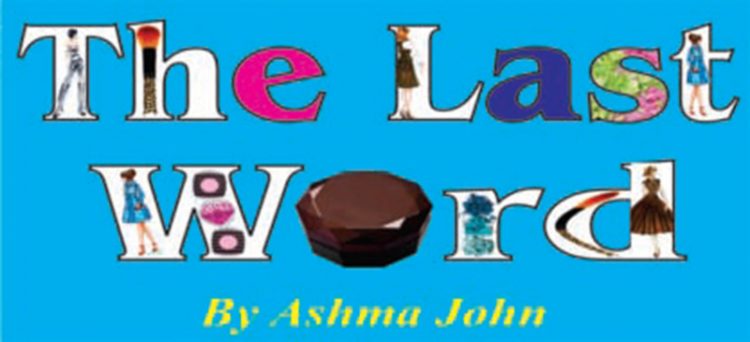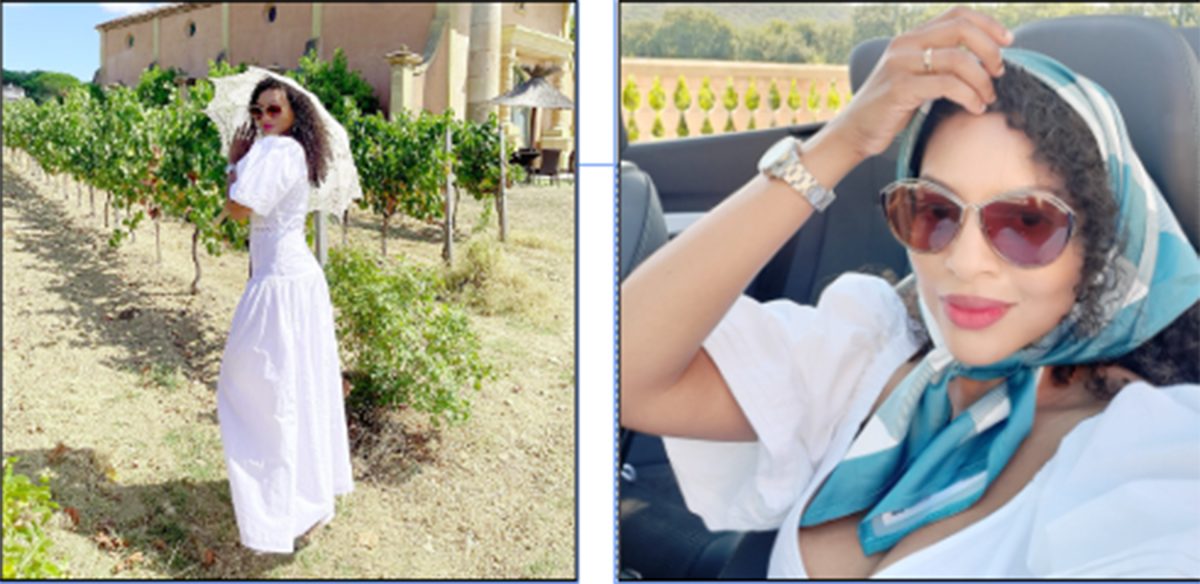
2021 feels like more of the same but with more opportunity to make sense of it all, now that some of our freedoms have been restored thanks to the vaccine. Some of us now have the opportunity to rekindle friendships, rediscover things we took for granted and realign ourselves with our past or new found goals.
Like many, I anticipated what life would be like out of lockdown. Would the desire to return to old ways still seep in or would there be a whole new outlook on life? Would I make all the changes I spoke about or would it just pass with time? Did the lockdown really change me or was I so drained by it that I was desperate to mentally create a new life in the same body?
While I am still assessing how I am slowly settling back into social life, one thing has been constant and that is now I try to ensure my engagements with anything or anyone is meaningful. I didn’t realize how much I craved the outdoors, despite holding on to the title of being a homebody and how much I missed putting on my Sunday best, until my husband took me for a short but sweet end-of-summer holiday last week. Fashion after a crisis and in this case after the easing of lockdown (as the pandemic is still ongoing) has always been interesting.
Many said it would be similar to the roaring 1920s, the period that followed the Spanish Flu in 1918, which saw some 50 million deaths and was said to have infected around 500 million people globally. Like the Spanish Flu, the social and economic drawbacks from COVID-19 are ever present. It has highlighted how women were predominately axed from the workforce because of a lack of childcare and often have to be the ones shouldering the childcare responsibilities in the home, as well as the disparities as regards access to quality health care for minorities among other things.
But this is not just about the COVID pandemic as so many other incidents have managed to become even more pronounced during the period, such as the rising popularity of the Black Lives Matter movement and police brutality which mostly targets minority groups.
One can say that the silhouette and styles that gained popularity in the roaring 20s were influenced not only by the urge to feel beautiful after the horrendous Spanish Flu but also coincided with other social changes that were taking place then. In the UK, women won the right to vote through its succession in the law in 1918 and 1928.
In addition to this, more women had taken up roles in jobs that were predominately for men due to the war. The Great Depression also deepened the level of economic insecurity.
The loose fitting styles, shorter hemlines and less uptight get ups were in one way or the other reflective of women’s adaptation to a more active role in the society. Flapper dresses and the like were deemed more suitable for dancing when jazz was having its golden moment.
Gauging between 1920 and 2020/1, perhaps what we may see is consumer behaviour shifting more strongly towards sustainability and consciousness given the state of the planet. We may feel more of a desire to associate with brands that are Black owned so it coincides with our ally behaviour that we have learnt to nurture. There will probably not be a definite style or silhouette anyone is going after but more of a deeper connection with clothing.
Dr Lucy Moyse Ferreira, a lecturer at London College of Fashion and author stated that fashion is a “form of armour, protection, comfort both on a physical level, by cocooning the body and shielding from germs”. Ferreira further stated that “as fear begins to subside and we begin to embrace post-pandemic life, it makes sense that we’ll shed the comfortable clothes which suited our malaise and served as a literal comfort blanket and adopt more party-ready styles alongside our lounging looks’’.
Only time will tell what will become of our purchasing habits, but what I am sure of is most of us will be putting more thought into how we want to be seen and feel through the brands that we engage with. That is, of course, if there isn’t another lockdown around the corner. Instagram:@ashmaamanda






